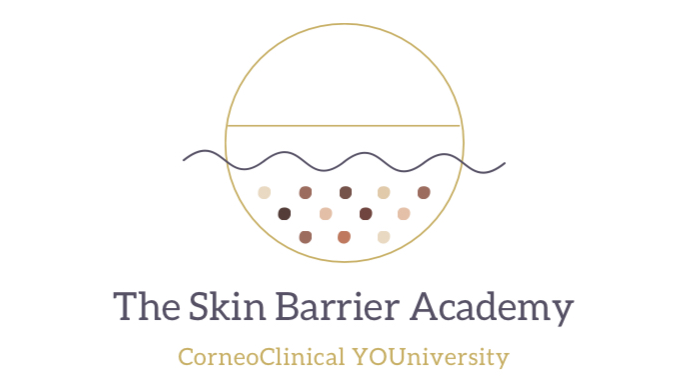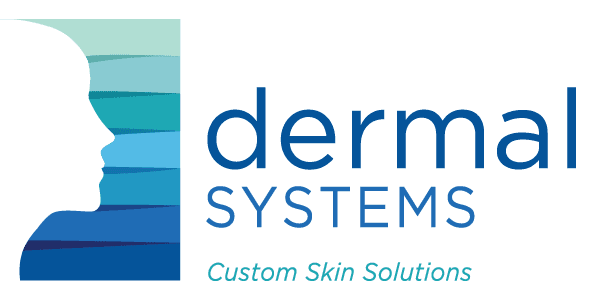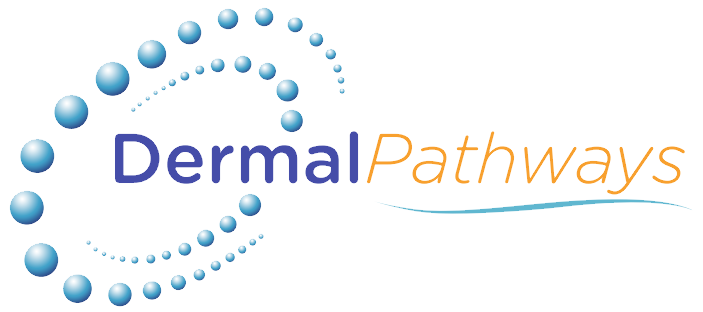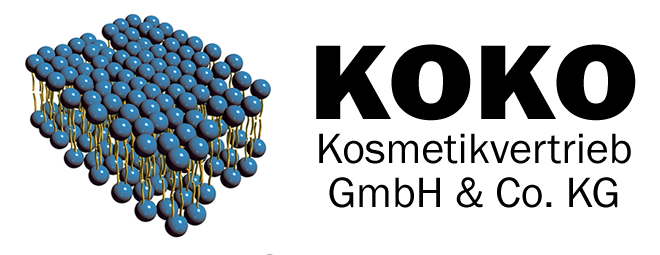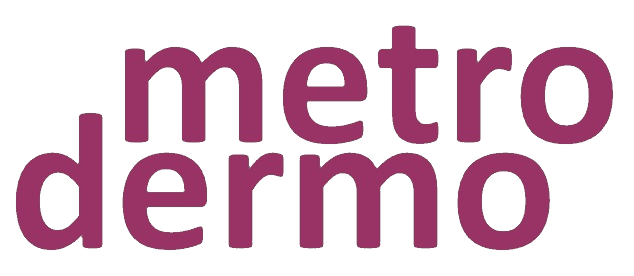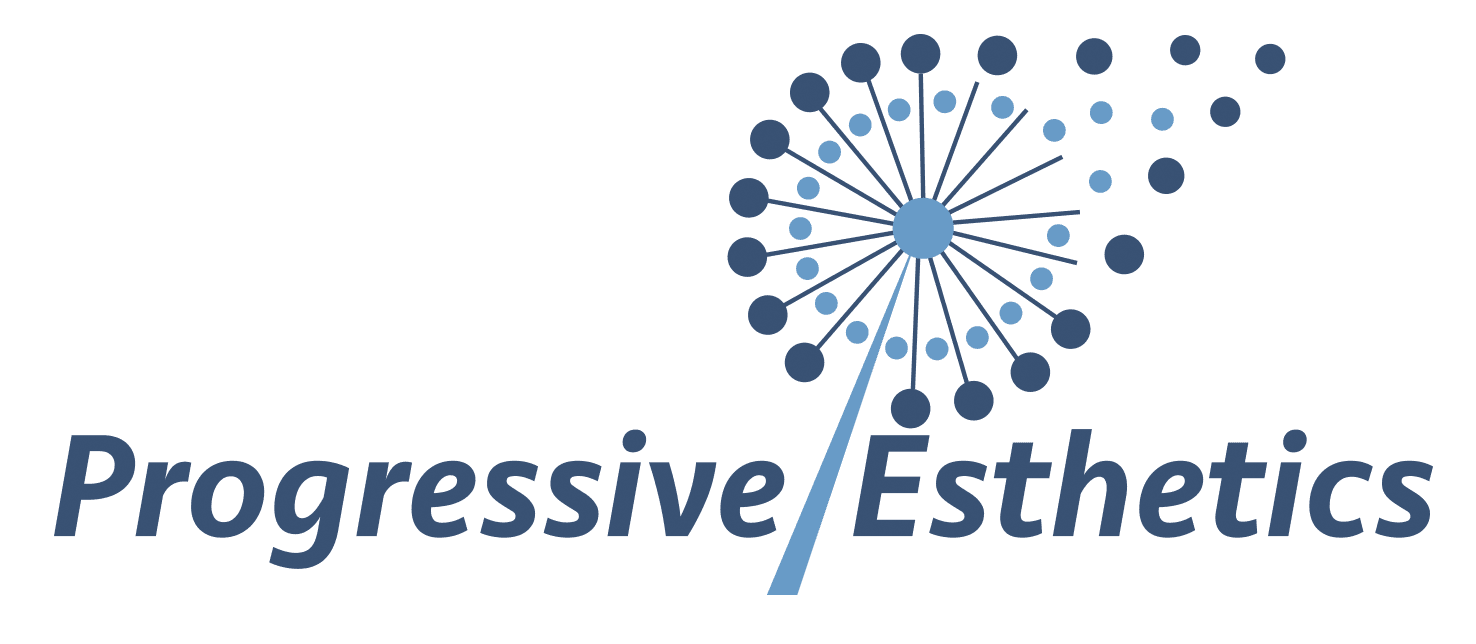By René Serbon
International Skin Expert & Corneotherapy Educator
Introduction
In today’s rapidly evolving skin care industry, one methodology stands apart for its scientific foundation and its promise of long-term results: corneotherapy.
For skin professionals committed to delivering superior outcomes, understanding and applying the principles of corneotherapy offers a hopeful vision for the future of skin care.
What Is Corneotherapy?
Corneotherapy is a remedial methodology focused on restoring and preserving the integrity of the stratum corneum, the skin’s outermost layer. It emphasizes working with the skin’s natural biology, rather than disrupting it. This approach promotes optimal barrier function, long-term skin health, and measurable treatment outcomes.
The foundation for corneotherapy was laid in the 1960s by Professor Albert M. Kligman, who challenged the long-standing view of the stratum corneum as simply “dead skin.” Kligman’s work demonstrated that the stratum corneum is a biologically active layer, capable of sending signals to deeper tissues, influencing regeneration, immune function, and inflammation. The term 'corneotherapy' later gained broader recognition through Jan Lübbe’s 2000 editorial in Dermatology, which positioned this philosophy within evidence-based dermatologic care.
The Science Behind the Method
While traditional skin treatments often rely on the “break it down to build it up” mentality, corneotherapy promotes an “outside-in” philosophy: preserving and reinforcing the skin barrier to allow the skin to heal and function optimally on its own.
This methodology focuses on the intercellular lipid matrix, which consists primarily of ceramides, cholesterol, and free fatty acids. These components work together to prevent transepidermal water loss (TEWL), defend against pathogens, and maintain immune balance.
Research shows that restoring these lipids—particularly in a specific molar ratio—can significantly improve hydration, reduce inflammation, and offer results comparable to corticosteroids in atopic skin.
The 3 R’s of Corneotherapy
A structured treatment philosophy guides corneotherapeutic practice. Known as the 3 R’s, these steps promote skin recovery without trauma or disruption:
1. Repair: The initial phase targets barrier restoration. By replenishing depleted lipids with skin-identical ingredients like ceramides, cholesterol, and linoleic acid, practitioners help reduce TEWL, improve hydration, and normalize barrier function.
2. Replenish: Once the barrier is stabilized, the skin must be nourished with essential micronutrients. A few examples are; niacinamide, which supports keratinocyte differentiation and pigment balance, and panthenol, which soothes and accelerates skin regeneration.
3. Regenerate: This final step gently encourages healthy cellular turnover without triggering inflammation. Instead of harsh peels, aggressive exfoliants, or abrasive treatments, focus on supporting the skin’s natural desquamation rhythm.
Objective Assessment: Beyond Visual Inspection
A key differentiator in corneotherapy is its reliance on objective skin analysis. While visual assessment and client history remain essential, professionals also gather quantifiable data such as:
- Hydration levels via corneometry
- Sebum production
- Inflammation markers (erythema, sensitivity)
- Pigmentation analysis through imaging or digital mapping
Why Traditional Methods Fall Short
Conventional treatments often disrupt the stratum corneum through excessive exfoliation, chemical peels, or aggressive surfactants. These methods may yield short-term aesthetic results but can cause micro-injury, inflammation, and compromised barrier function over time.
Corneotherapy, in contrast, works with the skin’s natural defenses, restoring function rather than triggering repair. This approach reduces the risk of chronic sensitivity, persistent inflammation, and premature aging.
Implementing Corneotherapy in Your Practice
Integrating corneotherapy doesn’t require a complete overhaul of your protocols. Start with four foundational steps:
1. Assess barrier function visually and, when possible, with diagnostic tools.
2. Establish baseline data for hydration, oil production, and inflammation.
3. Apply the 3 R’s methodology to structure treatments.
4. Track outcomes using clinical photos, hydration readings, and client feedback.
Addressing Misconceptions
“Isn’t it too gentle?”
Many professionals fear that gentle approaches lack impact. In truth, clients often report increased comfort, hydration, and smoother texture within 2–4 weeks, with significant barrier improvements visible at 6–12 weeks. Setting expectations and explaining the rationale builds trust and compliance.
“Does it require expensive devices?”
While tools like corneometers or spectrophotometers enhance diagnostics, they aren’t mandatory. Ingredient knowledge, documentation, and consistency forms the foundation of a corneotherapeutic approach to skin.
The Role of Client Education
Client involvement is critical in corneotherapy. Educating clients about the purpose of barrier repair, the timeline for improvement, and the importance of gentle care turns them into allies. Tools such as digital skin scans, progress charts, or even a brief 'barrier health checklist' can reinforce the value of the treatment journey. It's important to explain to clients that corneotherapy is a gentle, yet effective approach that respects the skin's natural biology, and that visible results may take some time to manifest, but they are a sign of true skin health.
Professional Advantages
Practicing the corneotherapy methodology positions you as a science-based practitioner in an increasingly crowded aesthetics industry.
Key benefits include:
- Evidence-based credibility
- Measurable results
- Higher client retention
- Differentiation from aggressive treatment models
Building Your Expertise
Corneotherapy is more than a method—it’s a mindset.
To continue growing:
- Enroll in advanced education on skin barrier science
- Learn to interpret diagnostic skin data
- Deepen your understanding of cosmetic chemistry
- Build protocols grounded in objective analysis and client documentation
Conclusion
The future of professional skin care lies in respecting the skin’s biology. Corneotherapy offers a framework that bridges science and practice, delivering not just aesthetic results—but true skin health.
As clients become more informed and seek out intelligent, sustainable care, the demand for barrier-first methodologies will only grow. The 'barrier-first' approach to skin care, which is at the core of corneotherapy, prioritizes the health and integrity of the skin's outermost layer, the stratum corneum. By becoming a corneotherapy expert today, you are aligning yourself with the future of aesthetics—one repair, one barrier, one client at a time.
References
1. Del Rosso, J. Q., & Levin, J. (2011). The clinical relevance of maintaining the functional integrity of the stratum corneum in both healthy and disease-affected skin. Journal of Clinical and Aesthetic Dermatology, 4(9), 22–42.
2. Elias, P. M., & Feingold, K. R. (2006). Skin barrier. CRC Press.
Gehring, W. (2004). Nicotinic acid/niacinamide and the skin. Journal of Cosmetic Dermatology, 3(2), 88–93.
3. Kligman, A. M. (2011). Corneobiology and corneotherapy: A final chapter. International Journal of Cosmetic Science, 33(3), 197–209.
4. Lübbe, J. (2000). Evidence-based corneotherapy. Dermatology, 200(4), 285–289.
5. Wertz, P. W., Knutson, K., & Downing, D. T. (2020). Triple-lipid barrier repair formulation versus fluticasone in atopic dermatitis. Journal of Drugs in Dermatology, 19(4), 372–376.

